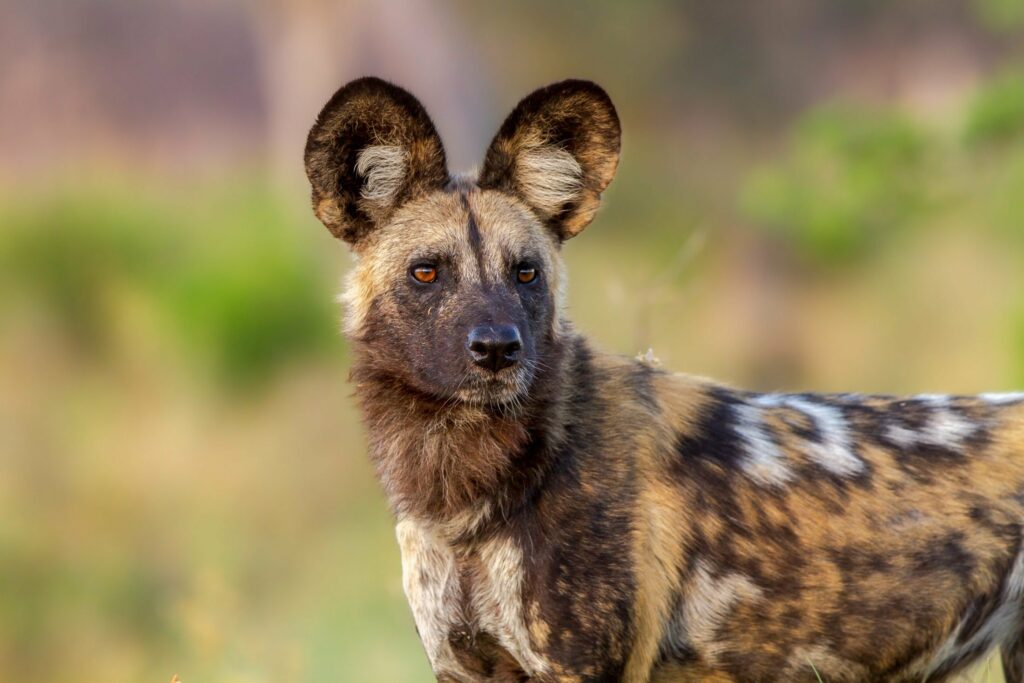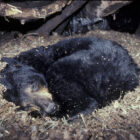Wild Dog Island (Documentary)

Set in the searing Zimbabwean bushland, follow the footsteps of two researchers united by their passion to save one of the least known animals in the world, the African wild dog. This film features larger than life human and animal characters and an island paradise where a number of hungry hunters will stop at nothing in their quest for food.
The African wild dog, scientifically known as Lycaon pictus, is an extraordinary and highly social carnivore found in sub-Saharan Africa. With its distinct coat of irregularly patched fur, large rounded ears, and a lean, muscular body, the African wild dog is a unique and captivating species.
Known for their exceptional hunting prowess, African wild dogs are cooperative pack hunters. They live in close-knit social groups, known as packs, often consisting of around 6 to 20 individuals. Each dog has its own distinctive coat pattern, resembling a fingerprint, making them easily identifiable within the group.
Their social structure is remarkably sophisticated, featuring a dominant breeding pair that leads the pack. Wild dogs display high levels of cooperation, with all members participating in the upbringing of young, caring for injured or sick members, and working together during hunts. Their teamwork and communication are exceptional, employing vocalizations such as high-pitched twittering or squeaks to coordinate while on the hunt.
Renowned for their stamina and speed, they engage in pursuit hunting, which involves chasing prey over long distances. African wild dogs can reach speeds of up to 37 miles per hour (60 km/h) and maintain it for several miles, demonstrating remarkable endurance.
Unfortunately, African wild dogs face significant threats, primarily due to habitat loss, human-wildlife conflict, and diseases transmitted from domestic dogs. They are listed as endangered on the IUCN Red List due to declining populations.










